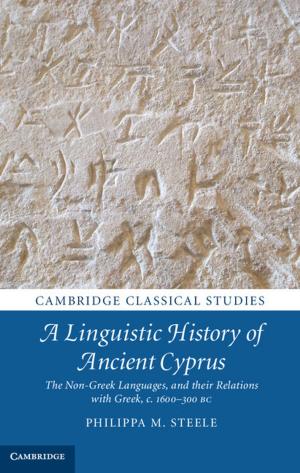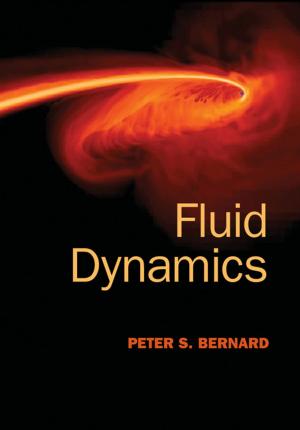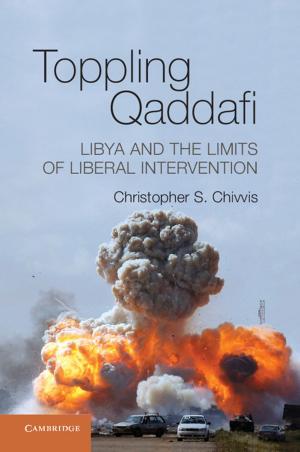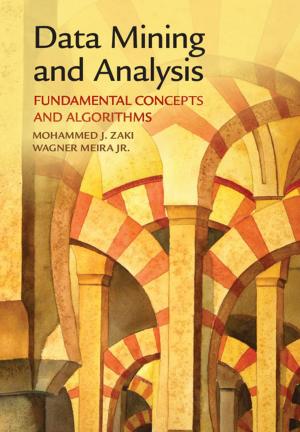Global Optimization Methods in Geophysical Inversion
Nonfiction, Science & Nature, Science, Earth Sciences, Geophysics| Author: | Mrinal K. Sen, Paul L. Stoffa | ISBN: | 9781139610216 |
| Publisher: | Cambridge University Press | Publication: | February 21, 2013 |
| Imprint: | Cambridge University Press | Language: | English |
| Author: | Mrinal K. Sen, Paul L. Stoffa |
| ISBN: | 9781139610216 |
| Publisher: | Cambridge University Press |
| Publication: | February 21, 2013 |
| Imprint: | Cambridge University Press |
| Language: | English |
Providing an up-to-date overview of the most popular global optimization methods used in interpreting geophysical observations, this new edition includes a detailed description of the theoretical development underlying each method and a thorough explanation of the design, implementation and limitations of algorithms. New and expanded chapters provide details of recently developed methods, such as the neighborhood algorithm, particle swarm optimization, hybrid Monte Carlo and multi-chain MCMC methods. Other chapters include new examples of applications, from uncertainty in climate modeling to whole Earth studies. Several different examples of geophysical inversion, including joint inversion of disparate geophysical datasets, are provided to help readers design algorithms for their own applications. This is an authoritative and valuable text for researchers and graduate students in geophysics, inverse theory and exploration geoscience, and an important resource for professionals working in engineering and petroleum exploration.
Providing an up-to-date overview of the most popular global optimization methods used in interpreting geophysical observations, this new edition includes a detailed description of the theoretical development underlying each method and a thorough explanation of the design, implementation and limitations of algorithms. New and expanded chapters provide details of recently developed methods, such as the neighborhood algorithm, particle swarm optimization, hybrid Monte Carlo and multi-chain MCMC methods. Other chapters include new examples of applications, from uncertainty in climate modeling to whole Earth studies. Several different examples of geophysical inversion, including joint inversion of disparate geophysical datasets, are provided to help readers design algorithms for their own applications. This is an authoritative and valuable text for researchers and graduate students in geophysics, inverse theory and exploration geoscience, and an important resource for professionals working in engineering and petroleum exploration.















